Welcome to GMs Corner. A new curated collection of opinion pieces from our local GMs.
Hello!
Welcome to the first installment of the GM’s Corner here at Dice Dungeons. This will be a section where we discuss GM things; from how to get over your anxiety as a first time GM to tips and tricks even pros can use.
This time, I have been specifically asked to talk about a subject that I am very passionate about, and have only seen discussed in one buried thread in some orphaned forum somewhere:
You are rolling your d100 rolls wrong.
Now, it’s probably not your fault; these things get passed on from GM to player, and then from player to other players… like some sort of transferable disease. Don’t understand what you’re doing wrong? Let me show you.
Ok, First off, I’m talking about rolling a percentile die along with a d10. If you’re rolling an actual d100, well, this discussion isn’t for you. Let’s look at our dice, shall we?
The d10 is a pretty common damage die used in various RPGs, ranging from a d20 system like Dungeons & Dragons to 2d6 systems like those using the Powered by the Apocalypse engine. Let’s go over what each side means when rolling it in this context, shall we?

Now, let’s take a look at the percentile die. This has a very similar numbering scheme to the d10, with one very important distinction: there is an additional 0 after each number. These are used to denote the zeroes, tens, and nineties place.

Now, you might be saying, “Uh, yea. Obviously. This is a dumb article written by a dumb-o”. Well, let’s just reserve that judgement until after this next bit, ok?
So, in order to get a d100 roll without using an enormous golf ball of a die, we roll a percentile die and a d10 and add the result, right?
For instance, this is 37.

And this is 82.

And this is 69. Nice.

But what, I ask you, would you call the following roll?

Every single person I know would call this roll a 50. You’re treating the 0 on the d10 as an actual 0. OK. So, then I ask of you, what is the following roll?

Well, that’s obviously a 7. You have 00 on the percentile, and a 7 on the d10. It can only be a 7. It sure as heck isn’t 107, right? Because that’s outside of the range of the d100 roll, right? Because a d100 roll is from 1-100, right?
Everything I’ve shown you so far is fine.
Or it would be, if it weren’t for one little thing…
You see, you cannot treat both the 0 on a d10 as a zero and the 00 on the percentile die as the ‘zero’s place marker’.
It works for the most part, sure. A 10 would be a 10 and 0 on the percentile and d10. Same works for 20, 30, etc…
But, dear friends, how do you roll a 100 this way?
Most people would say a 00 on the percentile and a 0 on the d10. BUT, given the facts I’ve just carefully laid out, that violates the rules you determine the rest of your rolls by. A 00-0 roll would, technically, be a straight up zero.
Instead of a 1-100 scale, you’ve made yourself a 0-99 scale.
“Oh God, you’re right! How could we have been so stupid? How can we possibly repair this travesty?!” you cry out. Well, I’m benevolent enough a GM that I wouldn’t destroy your world view if I didn’t have a better one to replace it with. And, honestly, it’s pretty simple:
TREAT THE d10 THE SAME WAY YOU’VE ALWAYS TREATED IT.
This way, everything works out perfectly. You can’t roll a zero; a 00-0 roll would be a 10. A 00-1 would be a 1. 90-0 is the coveted 100 roll. Sure, a 40-0 roll being a 50 isn’t immediately obvious, but this is the only internally consistent method I can see here.
-----
Maybe you don’t want to change. That’s fine; change is hard. But know, fellow GMs and players, that the method you’re using is invalid. You’re changing the rules for different cases.
In a world where consistency in rules and mechanics is required, why too wouldn’t it be required when rolling the dice?

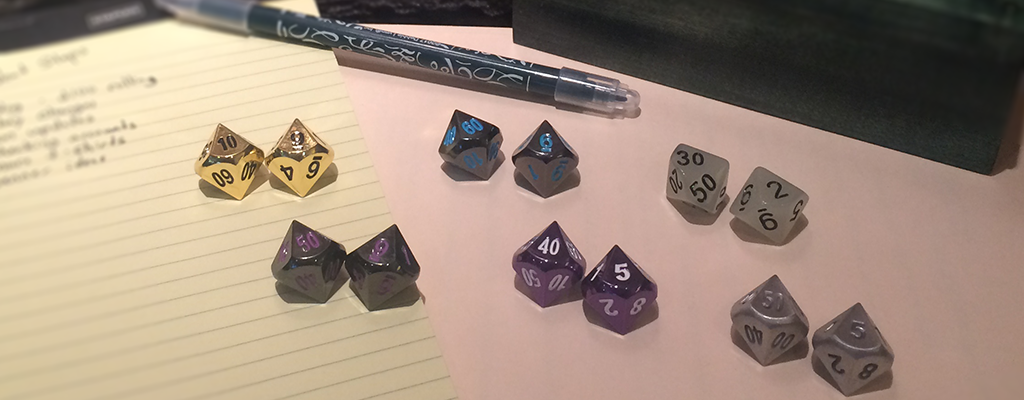
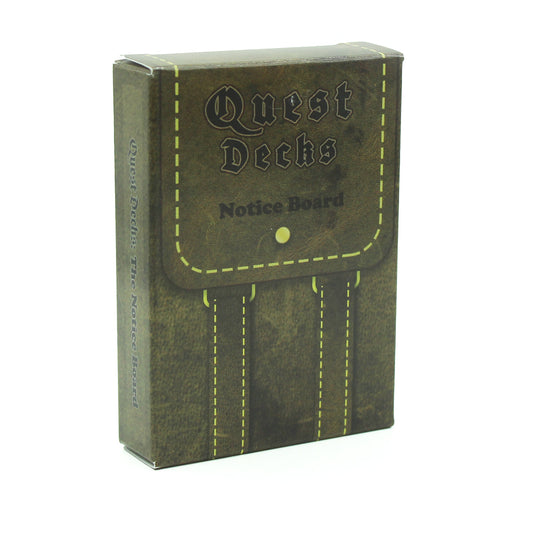
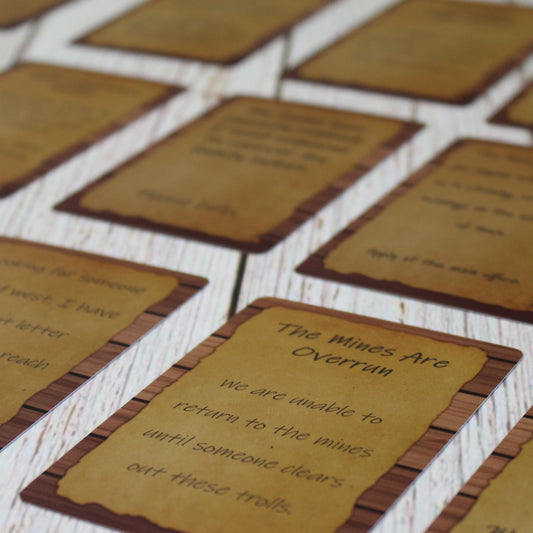
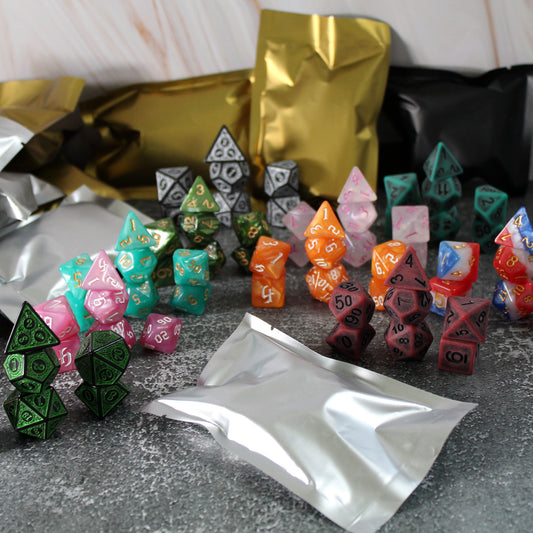
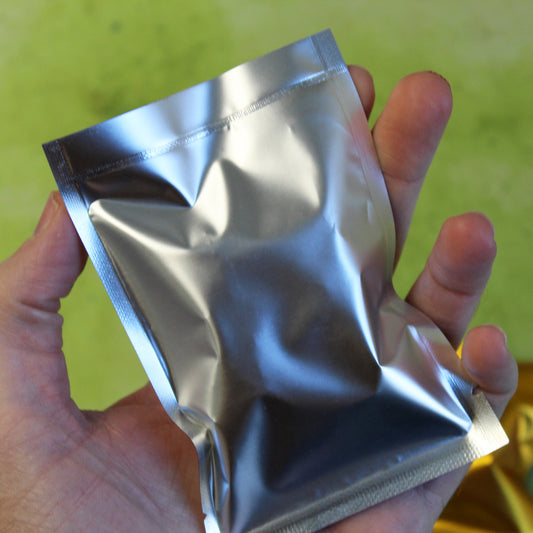
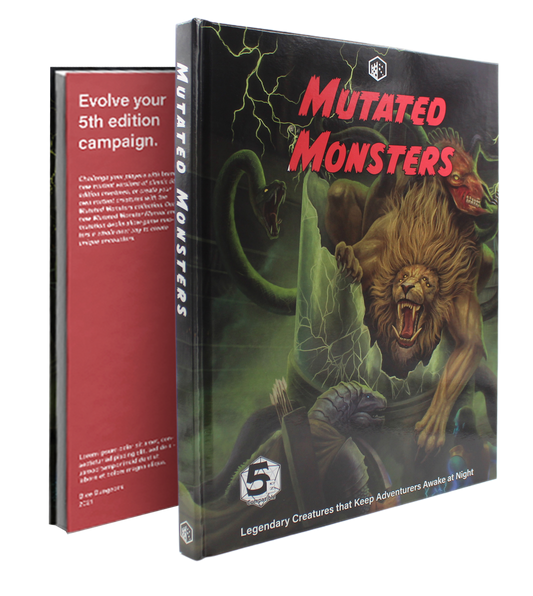
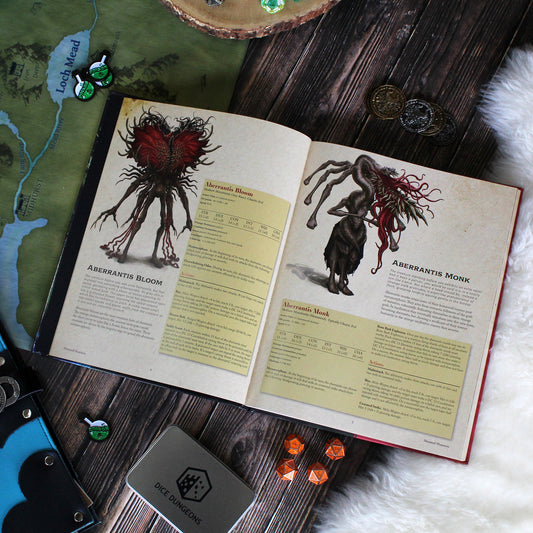
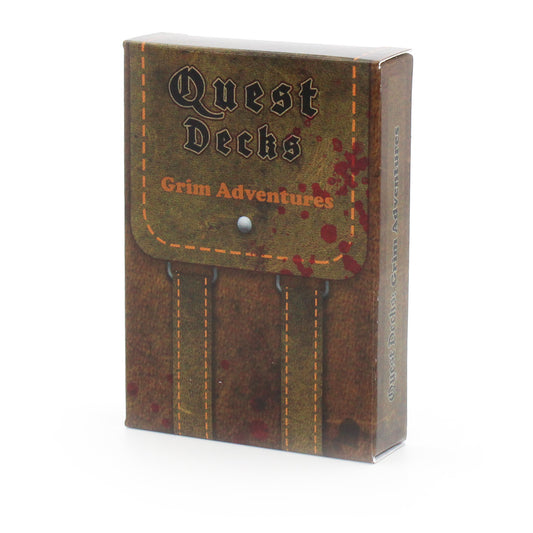
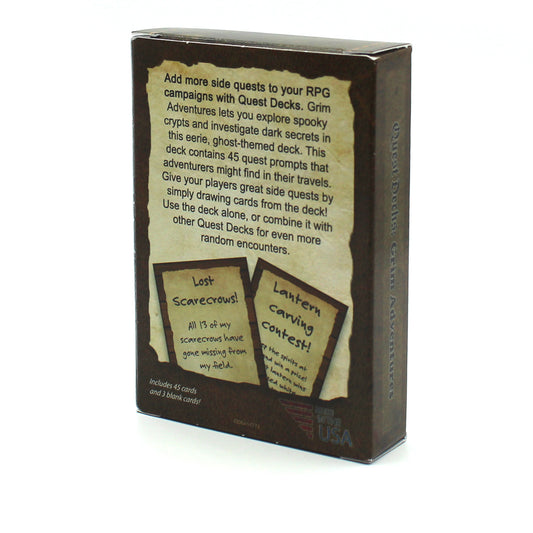
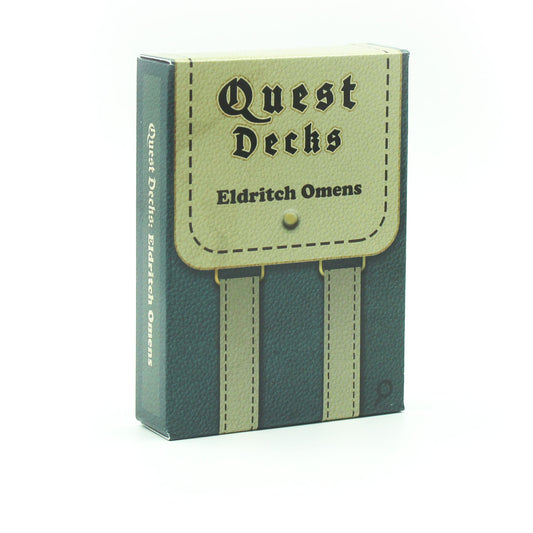
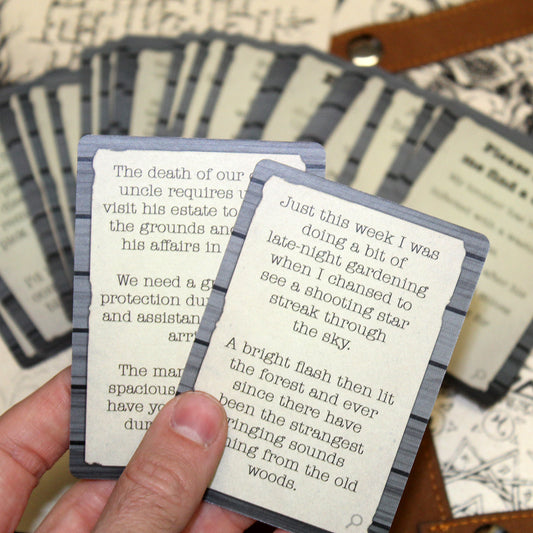
105 comments
The d10 has been messed up since it’s inception. It’s always had 0-9 on it’s face, before we had the 2nd d10 with 00-99 on it’s face. It’s the only dice made like that. d4 has 1-4, d6 has 1-6, d8 has 1-8 d12 has 1-12, d20 has 1-20. I even have a d30 1-30 and d34 that has 1-34. Also a couple actual single die d100 that has 1-100 on them. My only guess is when d10 were first made – some cost saving or technical reason they chose to keep a single digit on each face, but it’s the number one reason I prefer rolling and actual d100 to two d10’s because you truely get 1-100. I did read one comment that referred to this two d10’s being PERCENTILE dice, and I think he nailed it. That makes the most sense. So the only die that is messed up is actually just the d10.
I may be a little late, but i think 00+0 being 100 isn’t “incosistence”. Because if the first dice (00) takes the decimal and second (0) takes prime this means when 00+0 is rolled it basically say 00, but we need to remember that we only show prime and decimal number not hundreth, so we can easily put one in hundredth place when rolled (1)00+0.
People out be here be complaining about this making it more math heavy. You’re still doing the same math with the addition of adding tens together. What’s a 50+5, easy that’s 55. What’s 80+2, easy that’s 82. What’s 20+10…..uuuhhh…..hngh! Can’t….Math! This is the easiest way to read a d100 and you’re making it more complicated.
Thank you
Thank you. I have explained this to so many people. The inconsistency of the popular way drives me crazy. I can live with people being unable to change. But the sheer number of people who literally cannot wrap their minds around the idea of the faces of the dice having consistent values always and then just adding them together, makes me want to tear my skin off sometimes.